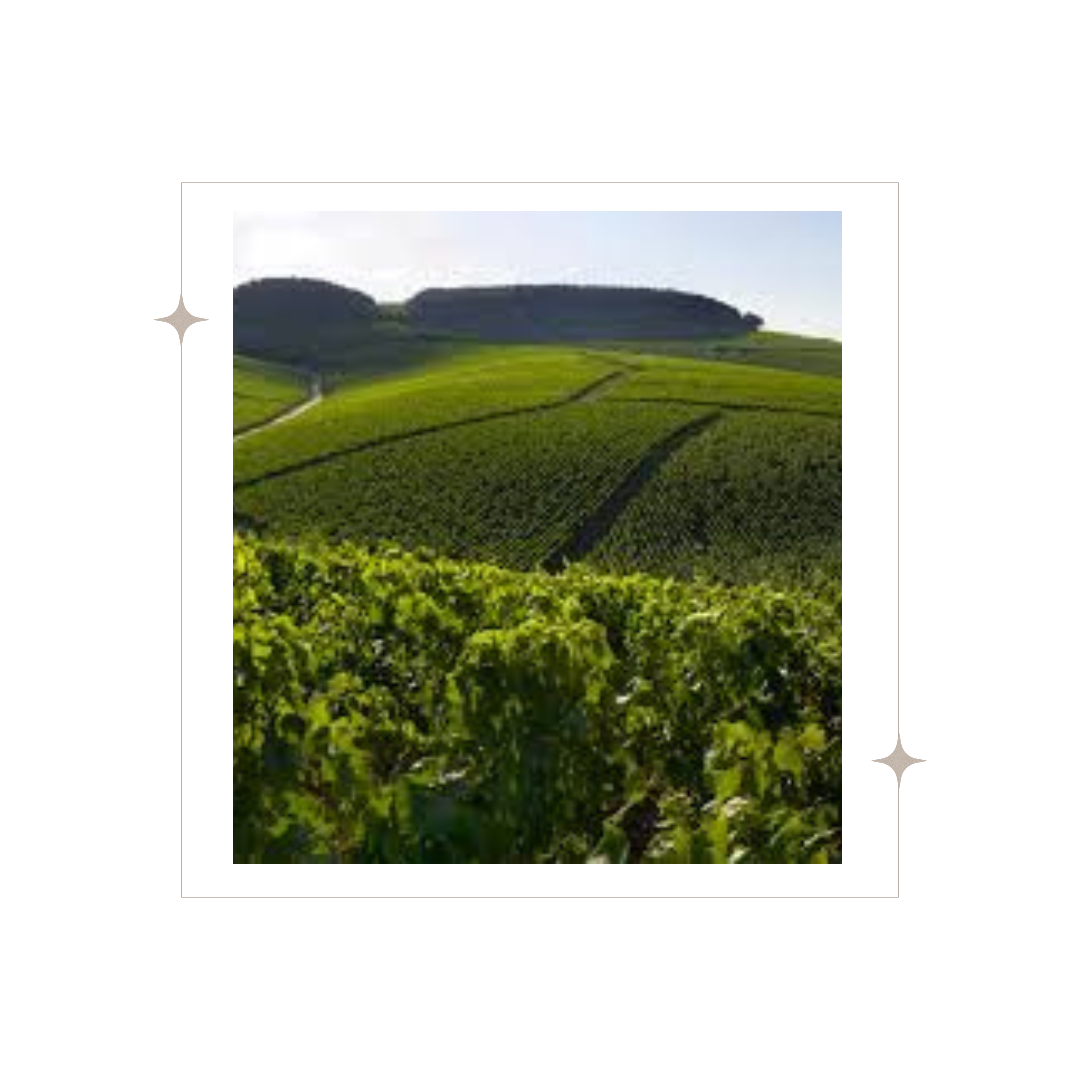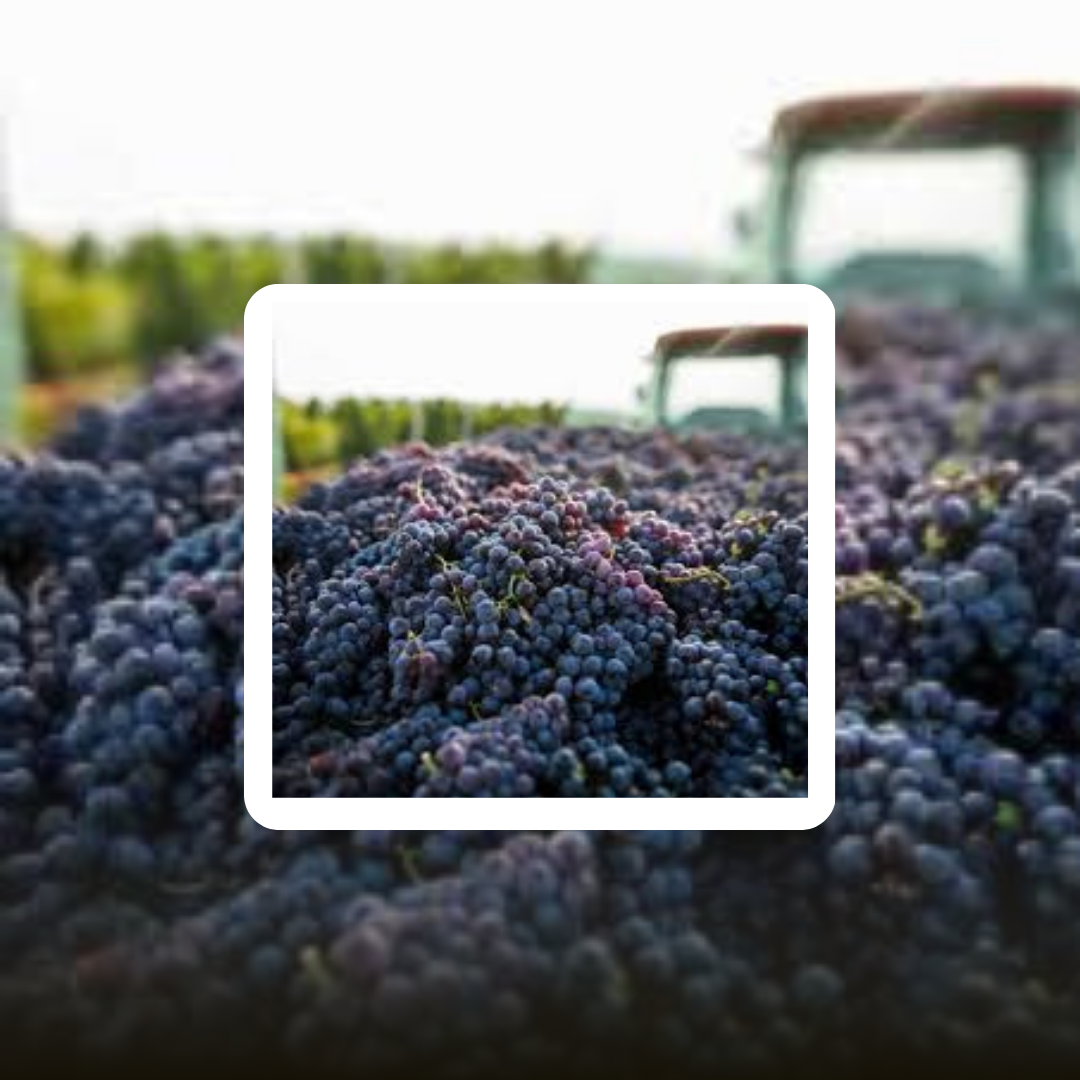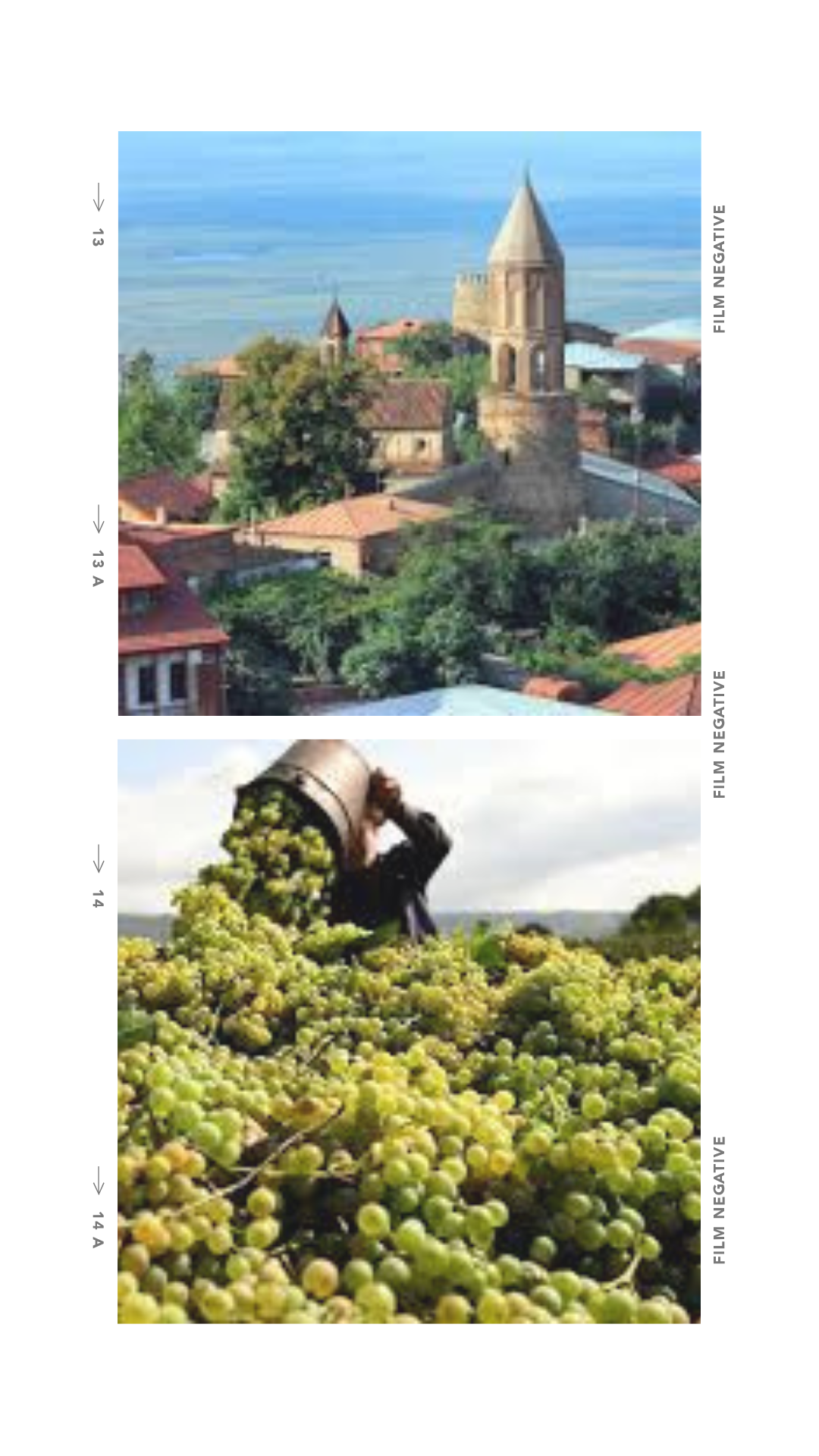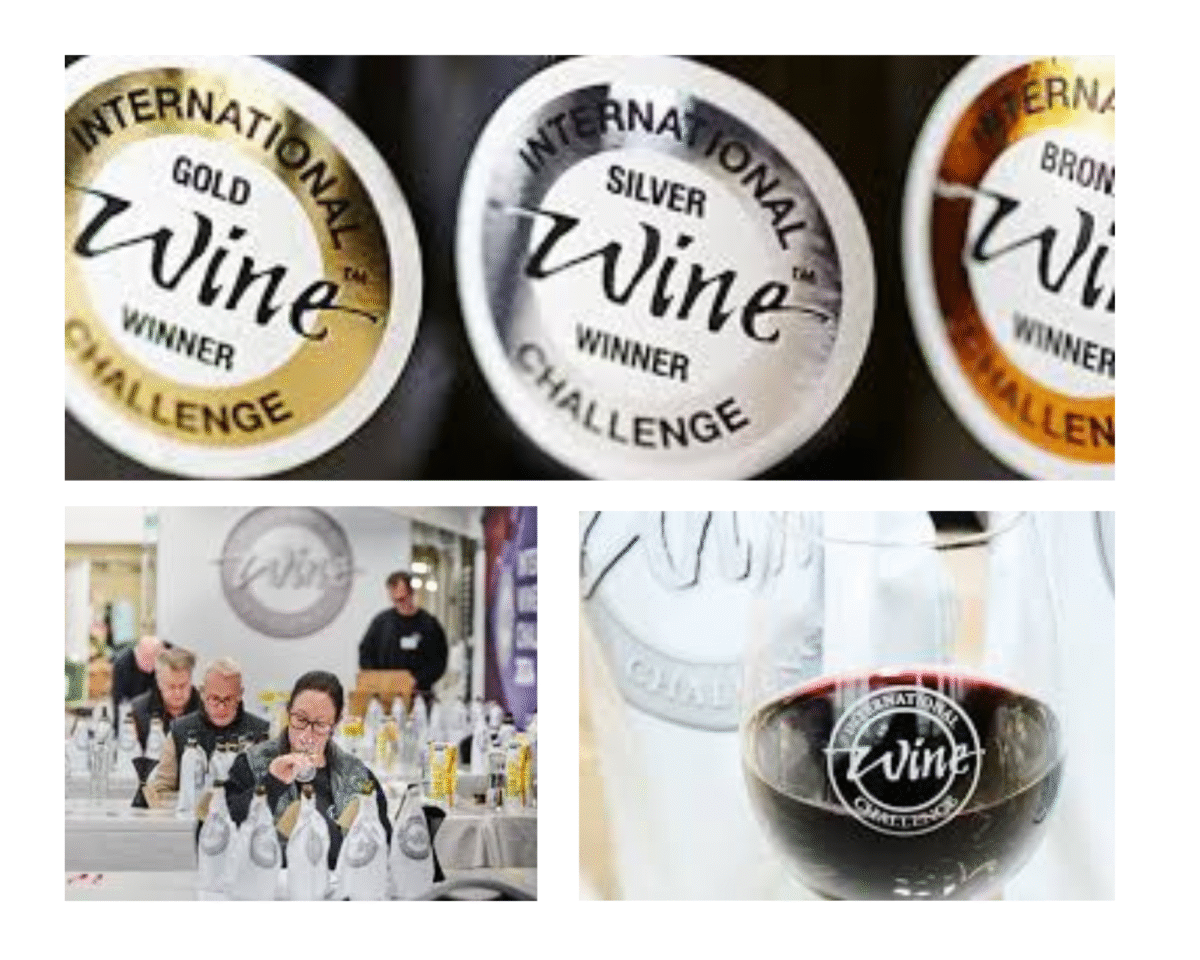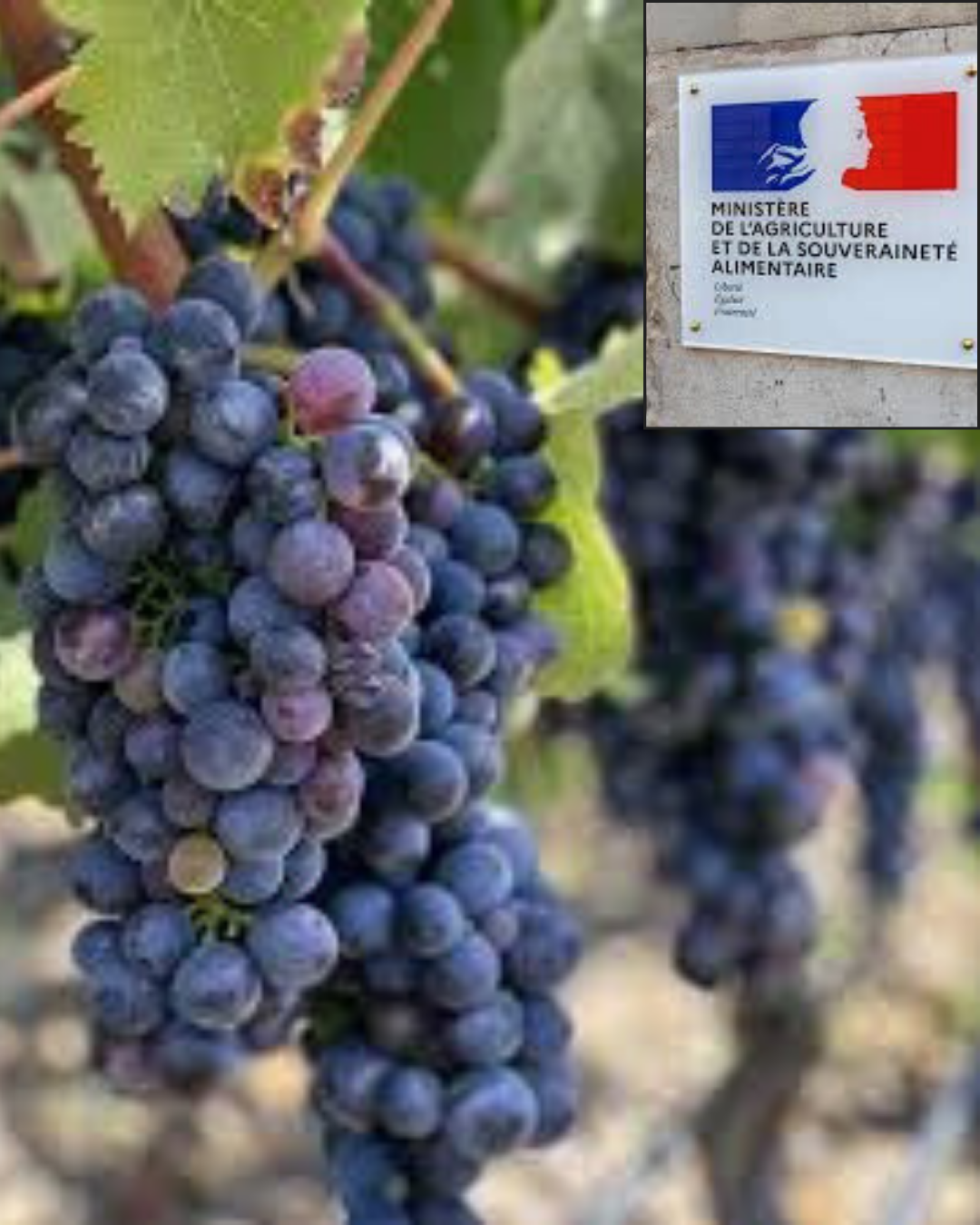The 2025 regulatory revisions for the Chablis appellation represent a strategically calibrated response to accelerating climatic pressures. The adjustments—ranging from reduced vine density to higher authorized yields are intended to reinforce vineyard resilience without compromising the appellation’s stylistic integrity. These changes, outlined by The Drinks Business and corroborated through EUR-Lex, signal a regional shift toward adaptive viticultural governance.
The most consequential reform concerns vine density, which has been lowered from 8,000 to 5,500 vines per hectare. This reduction widens row spacing and improves accessibility for mechanization, particularly on slopes where labour constraints and erosion pressures intersect. Expanded spacing norms, averaging up to 1.20 metres, and reaching 1.60 metres on steeper gradients, provide growers with enhanced flexibility. In irregular blocks, spacing may now extend to 2 metres, acknowledging the topographic complexity of the Chablis landscape.
Revisions to yield thresholds similarly reflect an attempt to stabilize production under increasingly erratic weather. New maximum yields now reach 75 hl/ha for standard Chablis (previously 70 hl/ha) and 73 hl/ha for Premier Cru (up from 68 hl/ha). These adjustments offer producers a buffer against frost events, hail episodes, and challenging ripening conditions—phenomena that have become emblematic of recent vintages.
Changes to trellising requirements deepen the focus on canopy management. A minimum foliage height equal to 0.6 times the row spacing is now mandated, supported by structured trellising systems. This emphasizes balanced vegetative growth, improved light interception, and better control of disease pressure; central pillars of contemporary cool-climate viticulture.
These reforms operate alongside long-standing regulations that continue to define the Chablis identity. Chardonnay remains the sole authorized variety, while the hierarchical appellation system, Petit Chablis, Chablis, Premier Cru, and Grand Cru, maintains its established parameters. Minimum alcohol levels (9.5% for Chablis, 10.5% for Premier Cru, and 11% for Grand Cru) remain unchanged, preserving the sensory and structural benchmarks of the region. The geological foundation of Chablis, its Kimmeridgian limestone soils, continues to be recognized as the primary determinant of minerality. Traditional protective practices persist, now complemented by an increasing emphasis on sustainable farming.
Together, these updates depict a region actively reconciling heritage with necessity. Chablis is preserving its historical identity while embracing adaptive strategies capable of sustaining quality and viability in an era defined by climatic volatility. The 2025 framework stands as a model of regulatory evolution rooted in both tradition and foresight, an approach many wine regions are now compelled to consider as environmental uncertainty intensifies.

